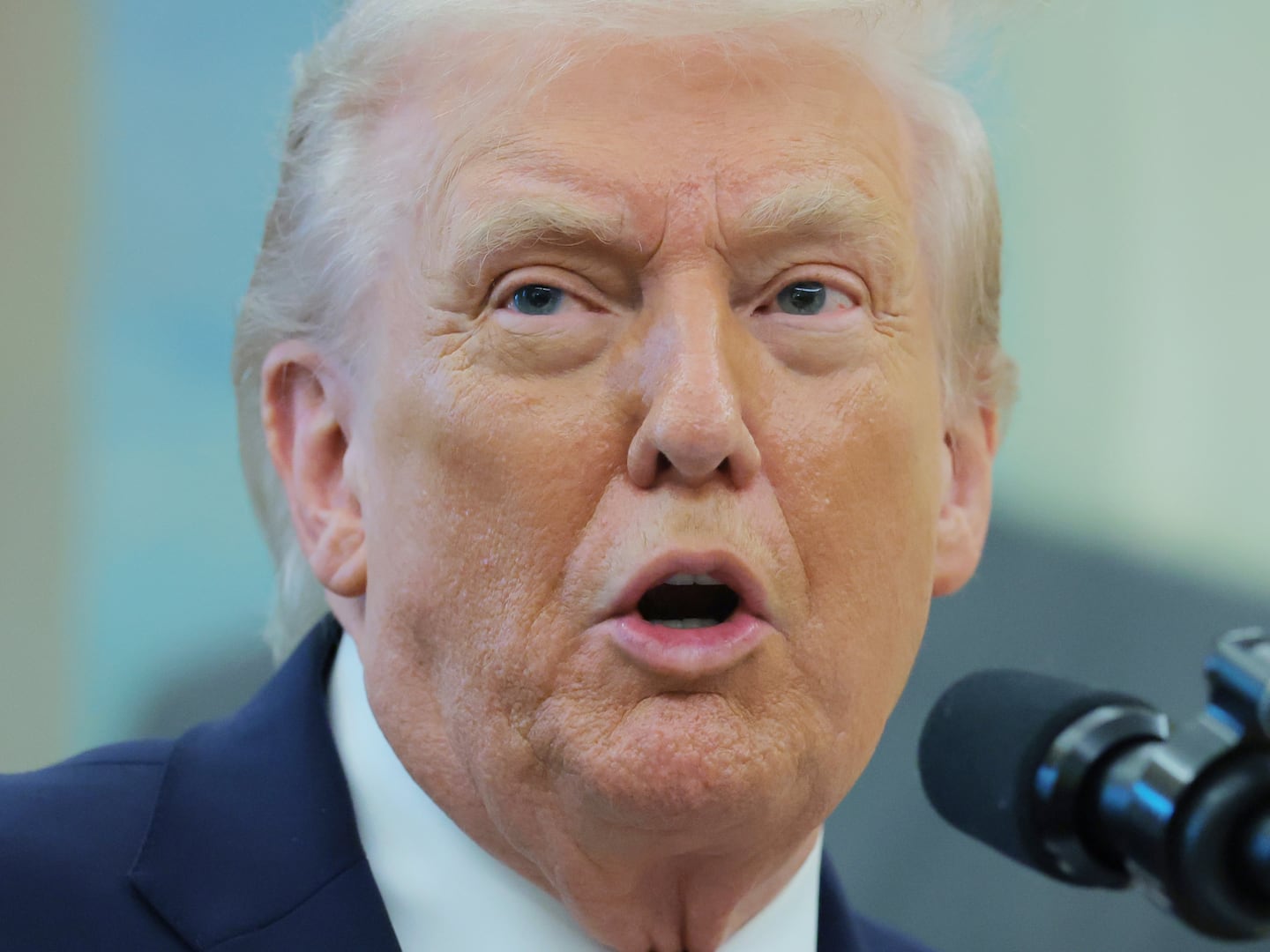The unrelenting Ebola virus outbreak in West Africa became decidedly scarier for Americans when someone who had flown the 1,000 miles from Liberia, where the epidemic is ongoing, to Lagos, Nigeria, where no cases had occurred, died of the infection. And a Saudi man being treated for Ebola-like symptoms who recently visited Sierra Leone has now died in Jeddah.
According to The Daily Beast, in the Nigeria case naturalized American citizen Patrick Sawyer became ill on the plane after it left Liberia; once he landed, he went directly to the hospital, was isolated, and died soon thereafter. In response, the West African airline carrier he had used, ASKY, headquartered in nearby Togo, has suspended all flights into and out of Liberia and Guinea as well as Sierra Leone. Until Mr. Sawyer’s death, all 1,201 cases reported to the WHO through July 27, including the 672 deaths, had occurred in one of these three adjacent West Africa countries.
The single case ups the fear factor for one simple reason. The working hypothesis till now had been that Ebola would more or less stay put, spreading town-to-town, affecting only neighboring countries, exactly because it is so fierce. The time from infection to severe illness is typically so fast that it is unlikely that a person would be able to get it together enough to go to the airport while contagious—or else, would be so obviously unwell as to draw attention to himself.
Sawyer’s 1,000-mile flight changes this. The epidemic had been slowly expanding over five months, demonstrating that—despite headlines suggesting otherwise—it is not that contagious, except for those in sustained intimate contact. In contrast, the 2009 H1N1 influenza pandemic infected 60 million Americans in just about the same five-month period of time. But now, Ebola has moved beyond its standard slow motion, person-to-person transmission. Rather than inching along, it has hopped.
Stated another way, geographic distance is a critical advantage in the world of epidemics, as well as in war. In WWI, Georges Clemenceau wrote to President Wilson and David Lloyd George, the English prime minister: “America is far away, protected by the ocean… You are both sheltered; we [the French] are not.” The same geographic barrier had seemed Ebola-proof, until now.
To add to the gloom, several high-profile Ebola cases have occurred in health-care workers treating patients with the disease. Both Samuel Brisbane, a Liberian physician and Ebola specialist, and Sheikh Umar Khan, the lead Ebola expert in Sierra Leone, have died in recent days. In addition, two American health-care workers dedicated to working in Liberia and treating patients with Ebola, Dr. Kent Brantly and nurse Nancy Writebol, are hospitalized in isolation in Atlanta. Their condition remains serious.
The CDC, which has been active in supporting work in West Africa but calm about prospects for cases in the U.S., issued a faintly alarming statement in a Health Advisory released Monday. They wrote that, “while the possibility of infected persons entering the U.S. remains low, the Centers for Disease Control and Prevention (CDC) advises that healthcare providers in the U.S. should consider EVD [Ebola virus disease] in the differential diagnosis of febrile illness, with compatible symptoms, in any person with recent (within 21 days) travel history in the affected countries and consider isolation of those patients meeting these criteria, pending diagnostic testing.” In CDC-speak this is mostly caution and not fear—but it is the first time they have moved this tone into the first paragraph of an Ebola advisory, and the first time they have carpet-bombed practitioners nationwide with emails and faxes.
Despite the rising gloom, the future for the public’s health actually is only slightly more grim than it has been until now. This does not mean that the tragedy is near an end—there surely will be more cases and more deaths in the weeks to come, as occurs with any epidemic. But the Sawyer case, combined with the heartless parsimony of all lethal outbreaks, means that the truth will out and soon. Much of the understanding of just how bad it's going to be rests on the fate of the hundreds of passengers and flight attendants who shared the ASKY flight with Patrick Sawyer.
If, as is likely, none of them become ill, this will prove that the disease is, as suspected, very difficult to transmit unless one comes into close contact with blood or urine or stool. If however a few passengers do develop Ebola, then the ocean may indeed no longer protect the United States.
Given the incubation period of the virus, we should know by the end of the week. My guess is this will remain an African tragedy and not threaten larger geographic swathes. But the deeper tragedy is that it seems to have taken the Sawyer death and the harsh fates of Brantly and Writebol to finally alert people to this devastating epidemic of Ebola virus. In other words, we had to wait till we were scared senseless to pay attention; in the meantime, many have died. Though the epidemics may change year to year, the point remains the same: Making decisions based on fearfulness is awful public policy.






